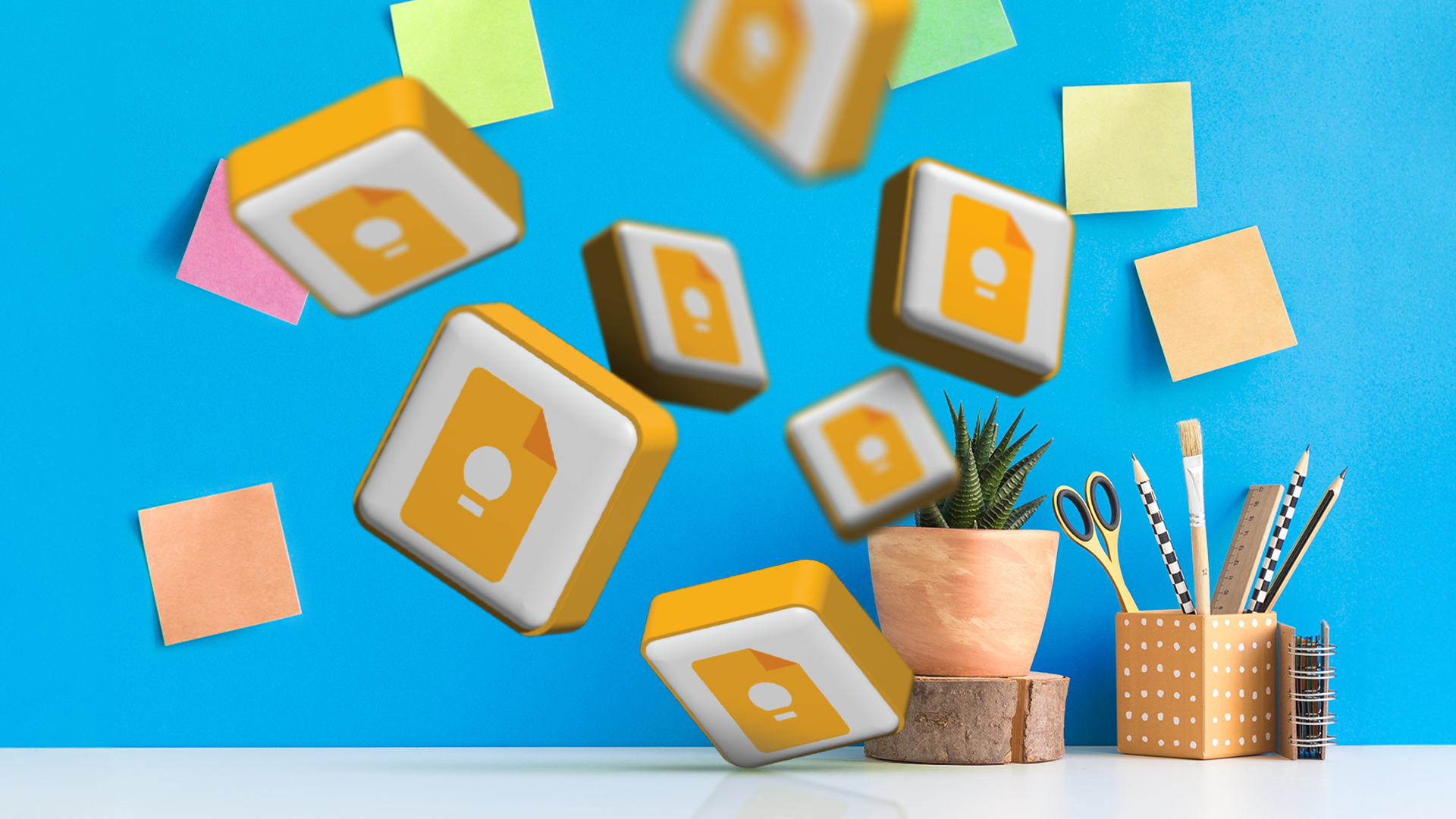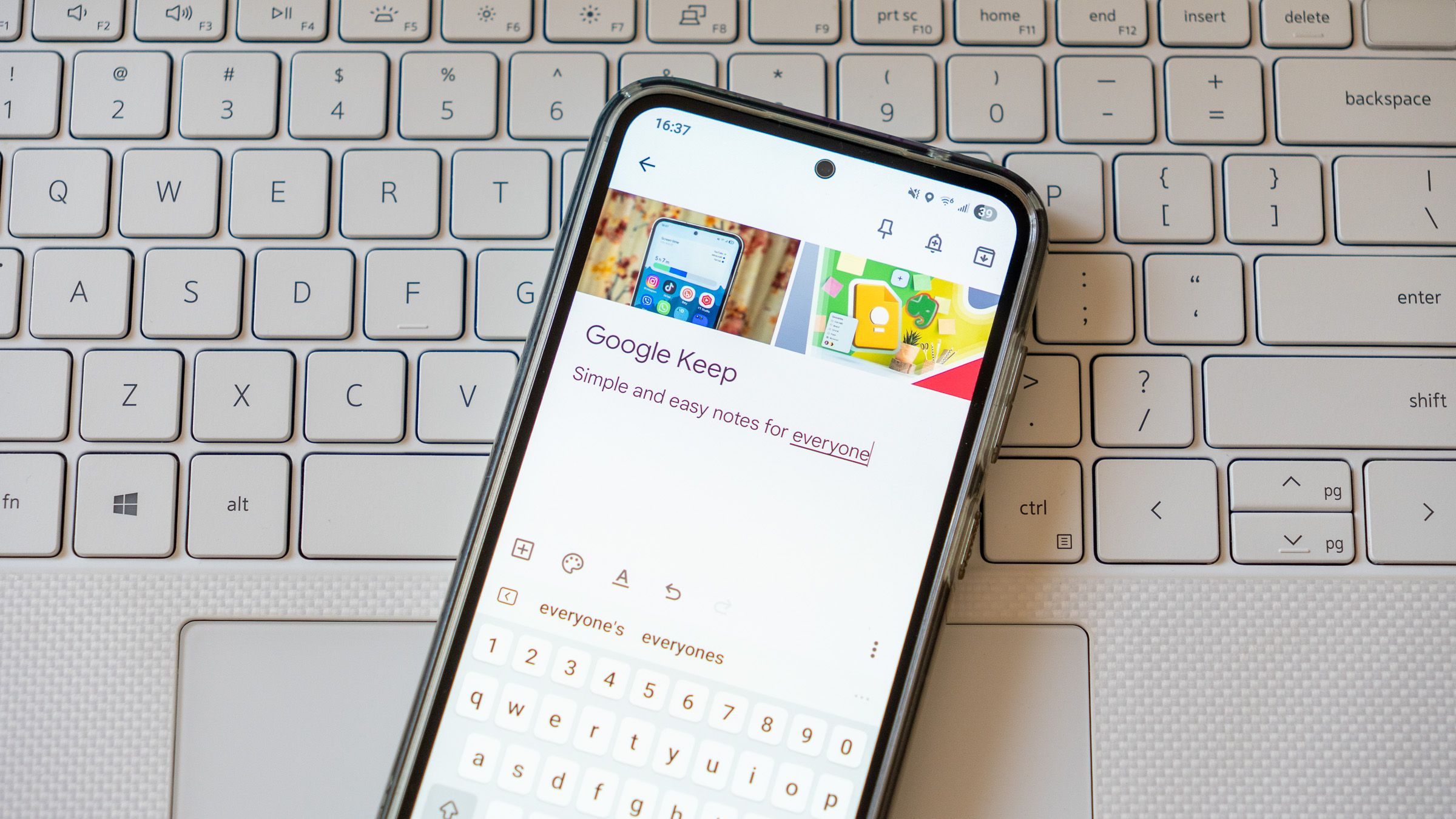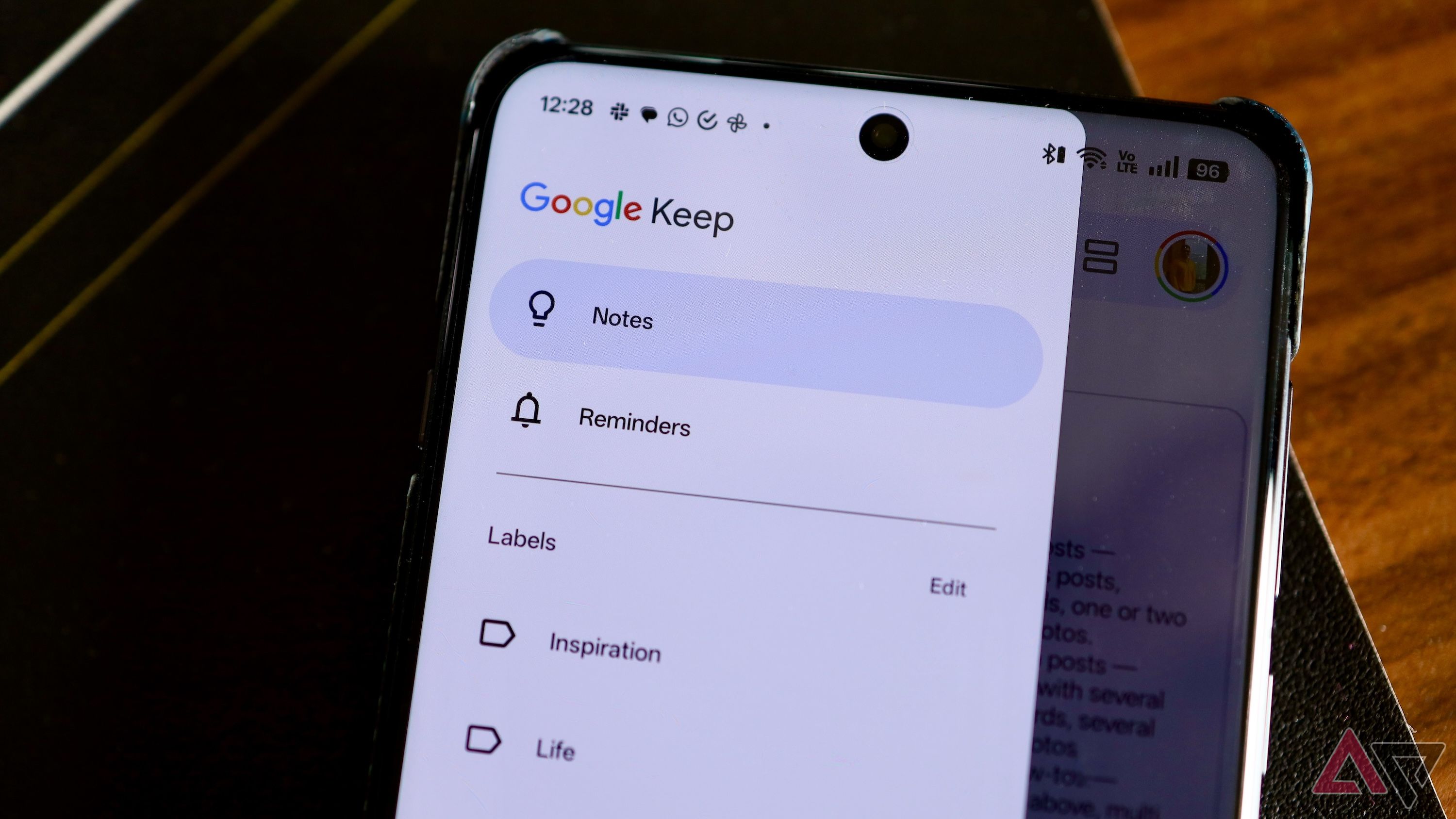You never know when inspiration will strike. Between ideas, tasks, and reminders, there’s a lot to keep track of during the day. All too often, I wish I had a second brain. I tried complex note-taking apps, productivity systems like Obsidian, and more, but they quickly became overwhelming.
I decided to try Google Keep again. Its simple, sticky-note-style interface, ultra-quick syncing, and seamless integration with Google Workspace (my email solution of choice) were exactly what I needed.
After a week of using it to capture everything from quick notes to long-term project ideas, I can confidently say it’s been the closest thing to having a second brain.
Where Google Keep really starts to shine
Fast notes, smart organization, zero clutter
The best part of using Google Keep is how easy it is to take notes. You open the app, tap, and you’re writing or recording, snapping a picture, or checking off a list. It’s simple and straightforward, unlike many of the best productivity apps.
Whether it’s a voice memo while walking, a screenshot I want to come back to later, or a running list of things to read, Google Keep handles it all without a fuss. It even recognizes text in images and transcribes audio notes automatically, which makes searching for old entries a breeze.
The second brain aspect of Google Keep kicks in when you use it with color-coded notes and label-based grouping. That’s where the magic lies. I created categories, such as ideas, groceries, personal, and work.
Color-based grouping helps me visually sort things at a glance, while labels let me filter them by theme when I need to dig through specific thoughts or to-dos. This works like a multi-layered folder and ensures my notes are never cluttered, even though they’re in one place.
Another underrated feature I rely on is the ability to archive notes. Instead of deleting things, the archive button tucks away my notes. Think of it as a to-do system. It clears up my main view but keeps everything accessible if I want to revisit a note or to-do item.
From quick notes to meaningful action
Keep adapts to your workflow, not the other way around
Taking notes is one aspect of building a second brain. You must also act on those notes. That’s where Keep’s ability to set reminders based on time or location comes in handy.
Need a reminder to wish someone a happy birthday? Set a reminder. Want to pick up something from a store? Use the location-based reminder function. It works across devices without needing extra steps.
I also pin the notes I use every day. Things like my to-do list or current deadlines stay on top and aren’t buried amidst a flurry of notes. If you prefer checklists, that’s included.
I use checklists for long-term projects and habit tracking. Check things off as you go, uncheck them to reuse later, or clear completed items. The system is flexible to match your needs.
I use Google Keep to jot down work notes and ideas. Often, these ideas turn into paragraphs and half-finished articles. I like how Keep syncs instantly across my phone, laptop, and tablet, and maintains perfect formatting
Another feature that comes in handy is Google Keep’s integration with Google Docs. When a quick note is too long, I export it as a Google Doc with a single click. It’s a game-changer for writing longer drafts or organizing research without breaking my flow.
A second brain doesn’t need to be complicated
Google Keep works as my second brain because it doesn’t try to do too much. There are no graph views or canvas views. It doesn’t overload you with tools or require complex setups.
Google Keep helps you capture, organize, and act on your thoughts. Whether that’s a single line, a voice note, a checklist, or a brainstorm, that’s up to you. Google Keep will store it and keep it accessible across devices.
If you’re tired of over-engineered productivity tools and systems or want a place to unload your thoughts quickly and cleanly, Google Keep is worth trying. I no longer juggle multiple apps, scribbled notes, and scattered screenshots.
Google Keep isn’t flashy. Instead, it’s fast, flexible, and gets the job done. That’s exactly what a second brain needs to be.





… [Trackback]
[…] Here you will find 60701 more Information to that Topic: geeksforgeeks.org/how-i-use-google-keep-as-a-second-brain/ […]
… [Trackback]
[…] There you will find 88840 more Information to that Topic: geeksforgeeks.org/how-i-use-google-keep-as-a-second-brain/ […]